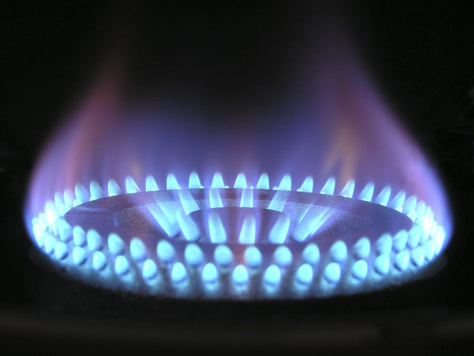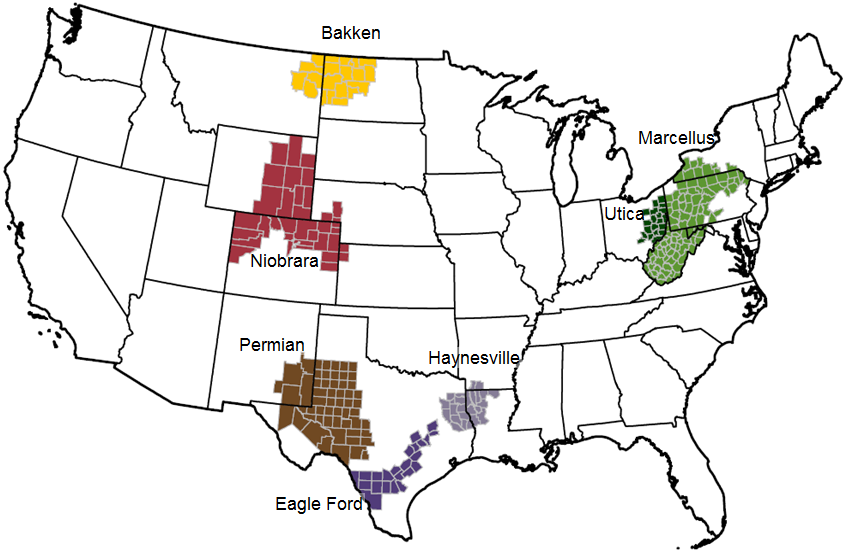Oil Shale

Oil Shale and Fracking are two different process's. Fracking attains the natural gas deposits trapped in different formations and breaks apart regions to release oil after it has been liquefied by heat. Both natural gas and kerogen (used to make petroleum products) are a natural byproduct emitted from the heating of oil shale.
There are a few simple facts, and one question that people need to be asking.
1. Heat cannot be created or destroyed.
2. Oil can be extracted ONLY by heating the tar sand or oil shale.
3. There are two forms of of extraction, mining and processing the product on the surface, or "insitu", meaning heating it in place.
Question: Where do they think this heat is going to go?
The answer is, it will ALL surface and not a single ounce of energy will be wasted, the only question is, when and how will the world respond to it? This creates an artificial "Overturn" into the subterranean soils stopping the flow of energy below the region being heated and forcing it to build creating a Thermal Switch. This additional heat aids in the process slowly liquefying the shale for extraction.
Volumetric Heating, is a process of heating the oil shale to temperatures of 650 - 700F over a period of 3 years prior to extraction using RF frequencies. or microwaving the Earth. This is a process being widely used for oil shale today. You can download the August 20, 2003, Lawrence Livermore National Laboratories report that goes into great detail regarding the experimentation and recommendation for this process. Many different process's have been proposed and used, but if there is no open digging, they are "insitu," and they all require heat to attain flow no matter what process they use.
There are a few simple facts, and one question that people need to be asking.
1. Heat cannot be created or destroyed.
2. Oil can be extracted ONLY by heating the tar sand or oil shale.
3. There are two forms of of extraction, mining and processing the product on the surface, or "insitu", meaning heating it in place.
Question: Where do they think this heat is going to go?
The answer is, it will ALL surface and not a single ounce of energy will be wasted, the only question is, when and how will the world respond to it? This creates an artificial "Overturn" into the subterranean soils stopping the flow of energy below the region being heated and forcing it to build creating a Thermal Switch. This additional heat aids in the process slowly liquefying the shale for extraction.
Volumetric Heating, is a process of heating the oil shale to temperatures of 650 - 700F over a period of 3 years prior to extraction using RF frequencies. or microwaving the Earth. This is a process being widely used for oil shale today. You can download the August 20, 2003, Lawrence Livermore National Laboratories report that goes into great detail regarding the experimentation and recommendation for this process. Many different process's have been proposed and used, but if there is no open digging, they are "insitu," and they all require heat to attain flow no matter what process they use.

Since 2009 oil production has increased in Pennsylvania, West Virginia, and Ohio in a region known as the Utica Formation. New Mexico and Texas that share the Permain Formation along with the Eagle Ford Formation in Texas. In North Dakota and Montana there is the Bakken Formation, and in Colorado, Utah and Wyoming they share the Niobrara Formation. The Permian, Eagle Ford and Bakken Formations are the most productive for oil production as observed here at the EIA.
Here I isolate and analyze the Bakken Formation. |
When oil shale is heated it release natural gas and kerogen that is processed into petroleum products. The region is heated using the electrical grid for energy and when processed long enough, fracking begins to access the natural gas. The natural gas can then be used to run a turbine allowing them to disconnect from the electrical grid and the area begins operating on it's own fueled production. |
Tar Sands
|
The tar sands of Canada use a different process than shale, but still requires massive power to operate. Here the byproduct they produce is Bitumen that is used to create petroleum products. SAGD, Steam assisted gravity drainage, is the process most commonly used today. Once again we have to ask, where is this heat going to go? What will happen to the permafrost? |
|